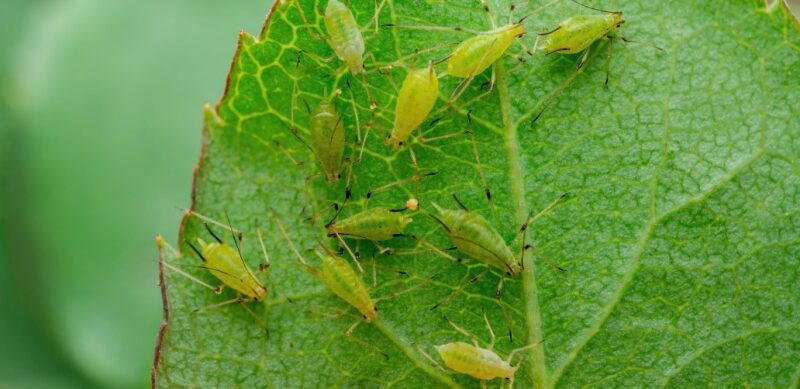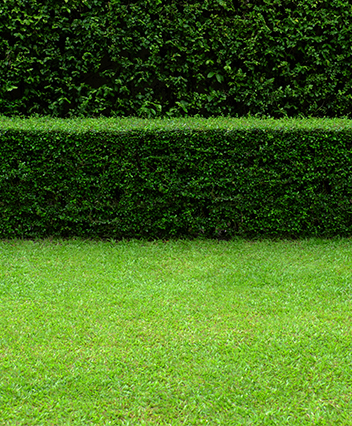Aphids, Mites, and Whiteflies: How to Keep Your Shrubs Pest-Free

Shrubs are an essential part of your landscape, adding color, texture, and structure. However, pests like aphids, mites, and whiteflies can quickly turn a beautiful display into a problem area. Here’s how to identify these pests and keep your shrubs healthy and pest-free.
Identifying the Pests
- Aphids: Aphids are tiny, soft-bodied insects that feed on the sap of shrubs. They reproduce quickly, and infestations can lead to curled or distorted leaves, sticky residue (honeydew), and the growth of sooty mold.
- Mites: Mites, including spider mites, are nearly microscopic but can cause significant damage. They leave fine webbing on the undersides of leaves and cause stippling, yellowing, and eventually browning as they suck the nutrients from the plants.
- Whiteflies: Whiteflies are small, white-winged insects that are typically found on the undersides of leaves. They feed on plant sap, causing leaf yellowing and a general decline in plant health. Their presence often signals that your shrubs are under stress.
Preventive Measures
Regular Inspection
Early detection is key. Regularly inspect your shrubs for signs of pests. Look for sticky residue, discoloration, or unusual webbing. Catching an infestation early makes treatment much easier and more effective.
Natural Predators
Encourage beneficial insects that naturally prey on aphids, mites, and whiteflies. Ladybugs, lacewings, and predatory mites can help keep these populations in check without the need for chemicals.
Organic Sprays
Consider using organic insecticidal soaps or neem oil. These natural options are effective against many soft-bodied insects and mites while minimizing harm to beneficial species. Always test a small area first to ensure your shrubs tolerate the treatment.
Treatment Strategies
Chemical Controls
If organic methods are insufficient, targeted chemical controls may be necessary. Always choose products labeled for the specific pest and follow the manufacturer’s instructions. Spot treatments are preferable to whole-shrub applications, reducing the impact on beneficial insects.
Integrated Pest Management (IPM)
IPM is a comprehensive approach that combines cultural, biological, and chemical methods. Start with prevention and monitoring, and only resort to chemical treatments when necessary. This strategy helps manage pests while preserving the overall health of your shrubs and the surrounding ecosystem.
Regular Maintenance
Maintaining a clean garden can prevent pest infestations. Remove fallen leaves and debris that can harbor pests. Keep your shrubs pruned and free of dead branches, which not only improves the appearance of your landscape but also reduces potential pest habitats.
Seasonal Considerations
Pest pressures can vary with the seasons:
- Spring: New growth is particularly vulnerable to aphids and whiteflies. Begin monitoring early and consider preventive treatments if necessary.
- Summer: High temperatures can boost mite populations. Increase your inspection frequency and treat promptly if you notice signs of infestation.
- Fall: As temperatures drop, pests may seek shelter on your shrubs. Continue monitoring and treat any infestations before winter.
- Winter: In colder climates, pest activity slows, but it’s still important to inspect your shrubs, especially if they are in sheltered areas where temperatures remain moderate.
Keeping your shrubs free from aphids, mites, and whiteflies requires vigilance. By regularly inspecting your plants, encouraging natural predators, and employing organic or chemical controls as needed, you can maintain a healthy, thriving landscape. Adopting an integrated pest management approach with the help of the pros at The Experienced Garder ensures that you protect your shrubs while preserving the ecological balance in your garden. With these strategies in place, your shrubs can flourish, adding beauty and resilience to your outdoor space year after year.


